Are you looking to make a real difference in your community? Crafting a well-structured outreach proposal can be the first step in creating meaningful connections and fostering collaboration. In this article, we'll explore essential elements to include in your outreach letter, ensuring your message resonates with the audience and compels them to take action. Join us as we dive deeper into effective strategies for successful community engagement!
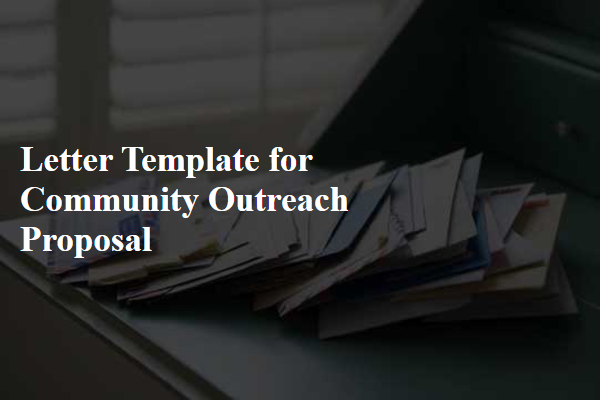
Project Overview
A community outreach project aims to enhance local engagement through educational workshops and social events that address community needs. The project focuses on underserved neighborhoods in [City Name], targeting demographic groups such as low-income families and elderly residents. Scheduled workshops will cover essential topics like financial literacy, health and wellness, and digital literacy. Collaborations with local organizations, such as [Local Nonprofit Name] and [Community Center Name], will provide valuable resources and support for executing these events. The initiative seeks to foster community involvement, empower residents, and create a supportive network that promotes overall well-being and resilience. Expected outcomes include increased participation in community activities, improved access to information, and stronger social connections among residents.
Objectives and Goals
Community outreach initiatives aim to foster connections between diverse groups, enhance awareness of local resources, and encourage active participation in civic activities. Objectives include increasing community engagement by 30% within one year, promoting educational workshops that address key issues such as health awareness or environmental sustainability, and establishing partnerships with at least ten local organizations. Goals focus on empowering residents through skill-building opportunities, creating a supportive network for marginalized populations, and developing long-term strategies to sustain community involvement. Ultimately, these efforts strive to enrich the quality of life in neighborhoods, boost local economies, and create a more cohesive social fabric.
Target Audience
Community outreach proposals aim to engage specific target audiences, such as local residents, non-profit organizations, schools, or businesses. Identifying these groups is essential for effective communication and engagement strategies. For local residents, demographics (age, income, education level) inform tailored messages for different community segments. Non-profit organizations might focus on collaboration opportunities addressing social issues such as homelessness or education access. Schools can serve as hubs for youth engagement, involving students in service projects or awareness campaigns. Businesses represent potential partnerships, offering resources or sponsorship for events that enhance community involvement. Understanding the needs and interests of these audiences ensures impactful outreach efforts that resonate with diverse community members.
Budget and Resources Needed
Developing a community outreach proposal often involves careful planning of budget and resources required for effective execution. A comprehensive budget should include items such as personnel costs, including salaries for community coordinators, estimated at $20,000 for six months, material expenses for brochures and flyers, budgeted at $3,000, and event costs for community gatherings or workshops, projected at $5,000. Additional resources might encompass transportation for outreach staff ($1,000), technology for virtual outreach initiatives, including software subscriptions at around $500 monthly, and partnership contributions from local businesses, aiming for a minimum of $2,000 in sponsorships. Expected outreach tools include social media campaigns, workshops at local community centers, and collaboration with schools in the neighborhoods. Effective monitoring and evaluation methods should also be allocated a segment of the budget, estimated at $1,500, ensuring the outreach efforts are on track and impactful.
Timeline and Milestones
Community outreach initiatives require a well-structured timeline and clear milestones to ensure effective engagement and progress monitoring. A typical timeline may span six months, beginning with the initial research phase in month one, identifying key stakeholders, such as local schools and non-profit organizations. In month two, outreach strategy development takes place, involving the creation of promotional materials and digital content for social media platforms like Facebook and Instagram. By month three, the implementation phase begins, which includes hosting community workshops and events in local parks, aiming for a participation target of at least 100 residents. Months four and five focus on ongoing engagement efforts, gathering feedback through surveys to gauge community interest and satisfaction, aiming for an 80% positive response rate. Finally, in month six, a comprehensive evaluation of program effectiveness occurs, compiling data and success stories to present to stakeholders during a wrap-up meeting, scheduled for the last week of the month. Each milestone will be accompanied by specific metrics, facilitating accountability and impact assessment throughout the outreach process.



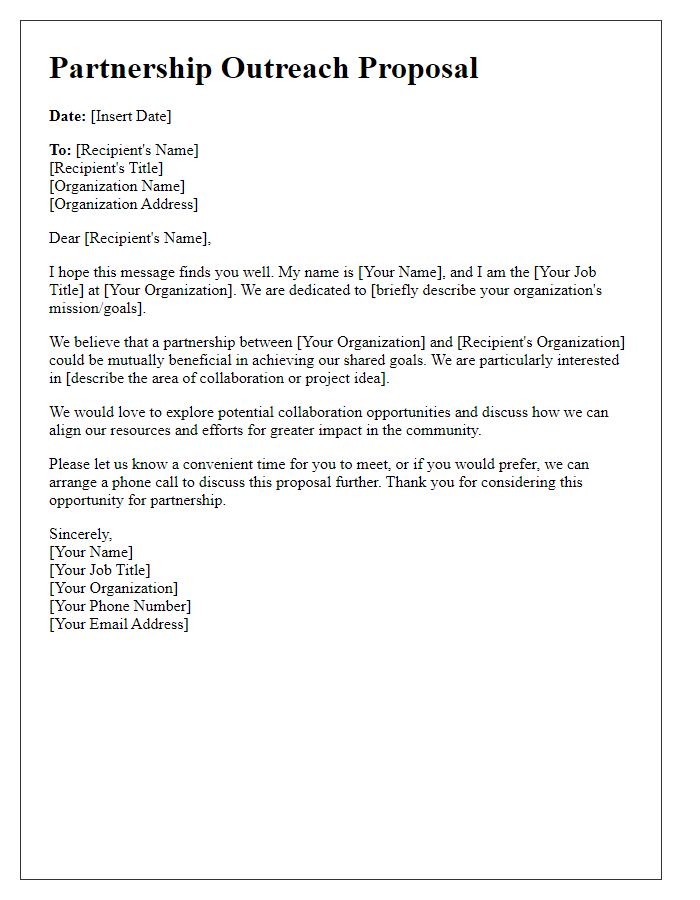

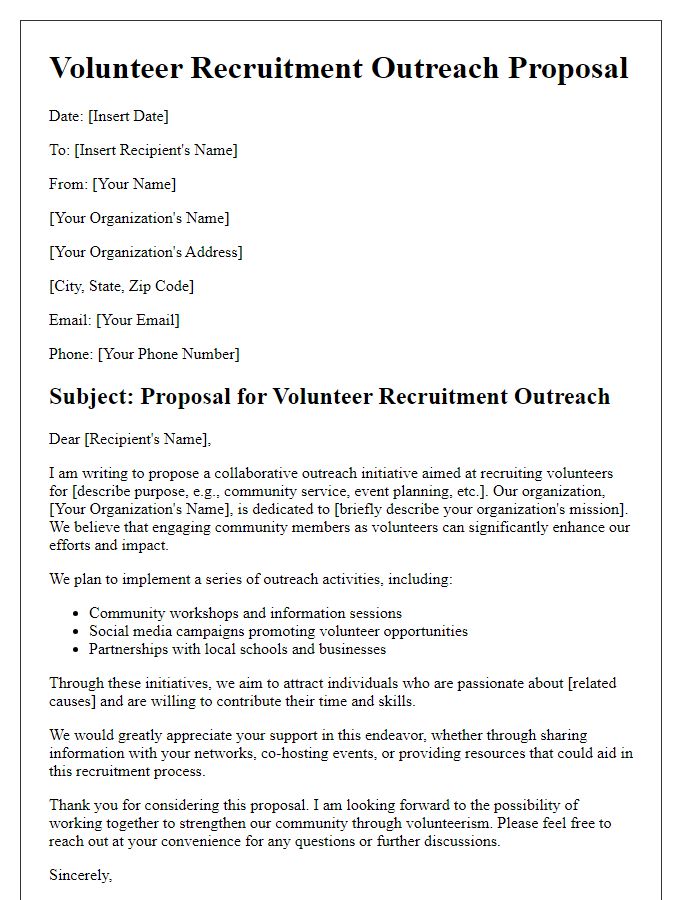

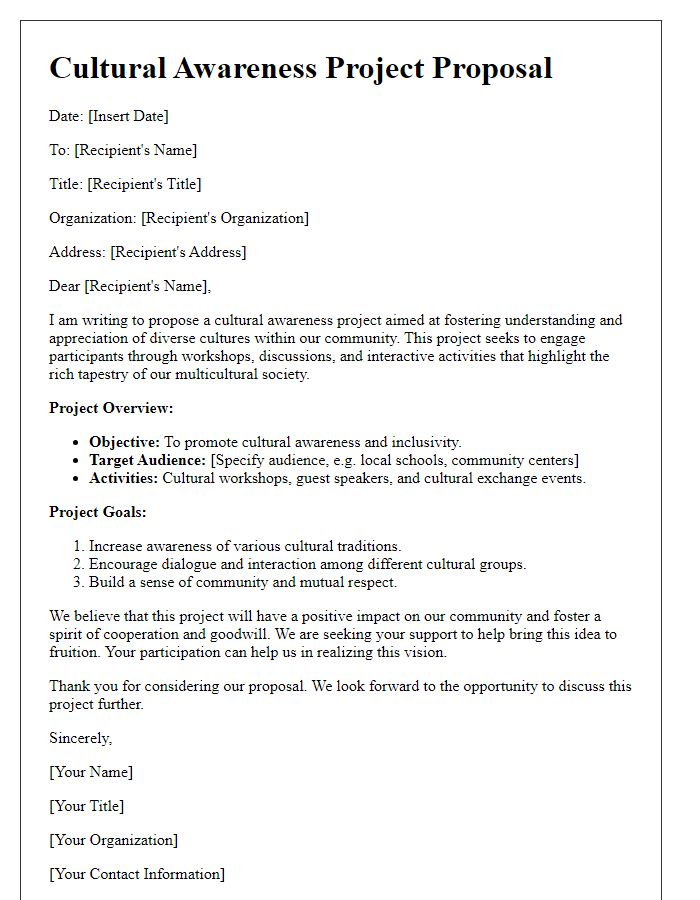




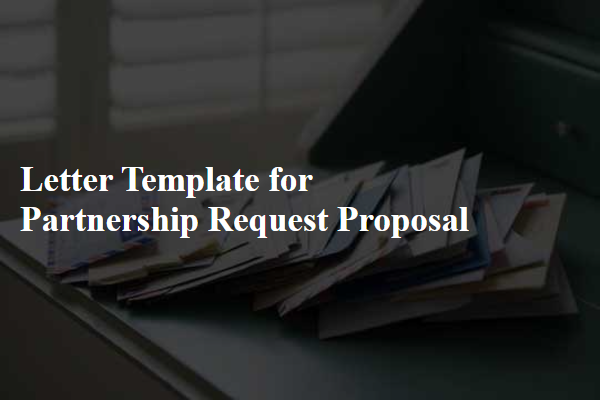
Comments